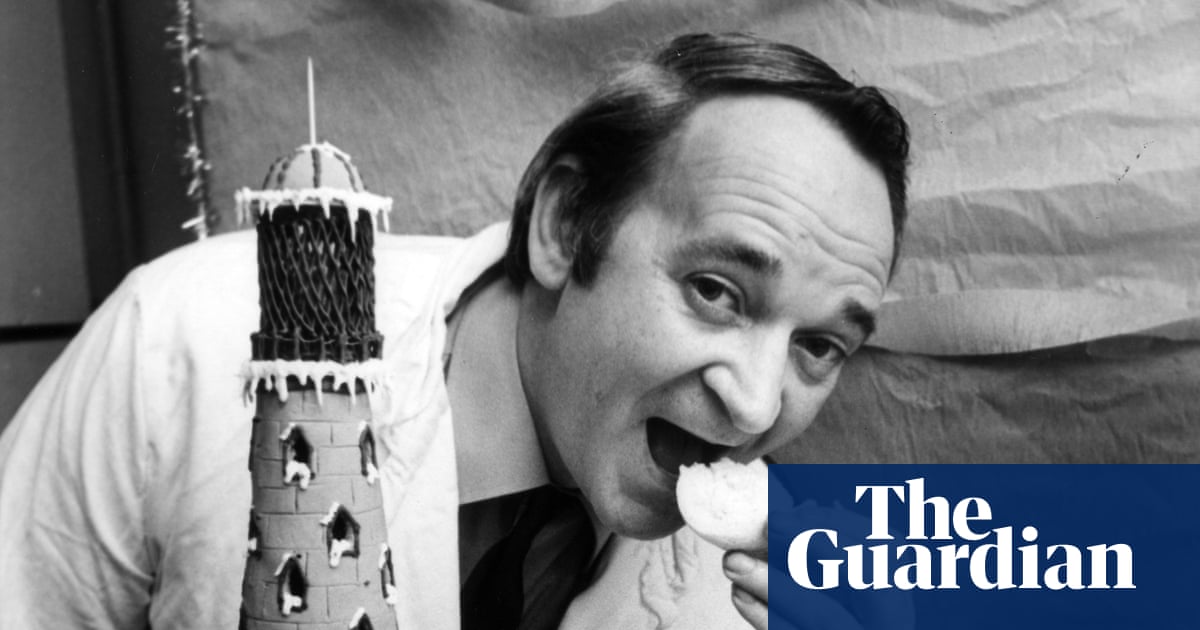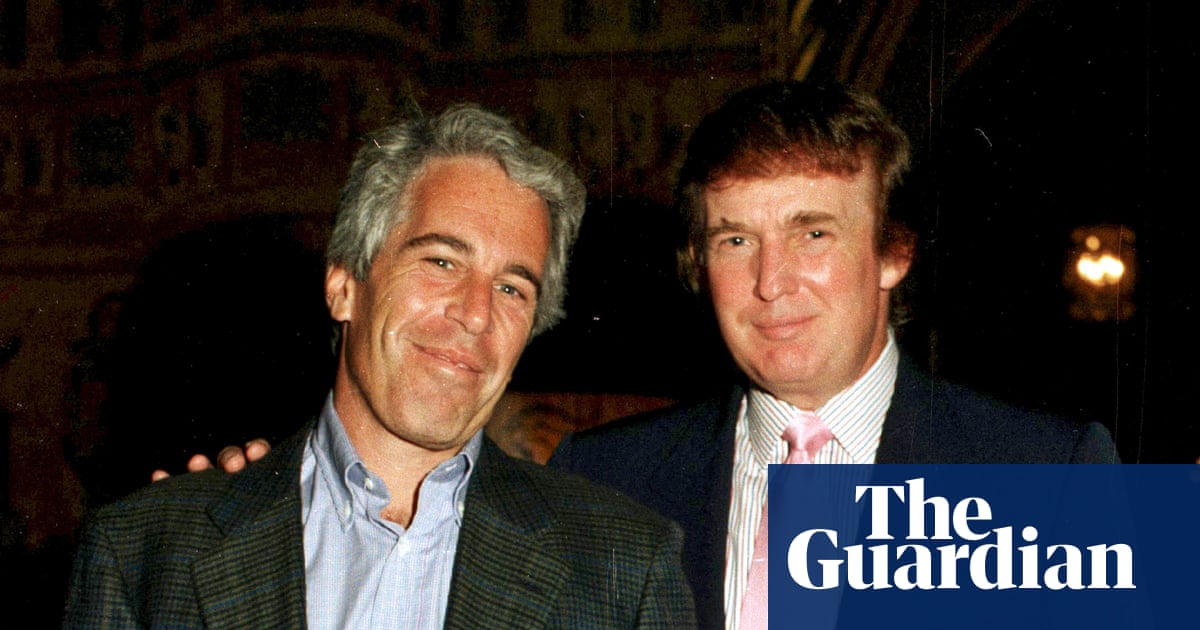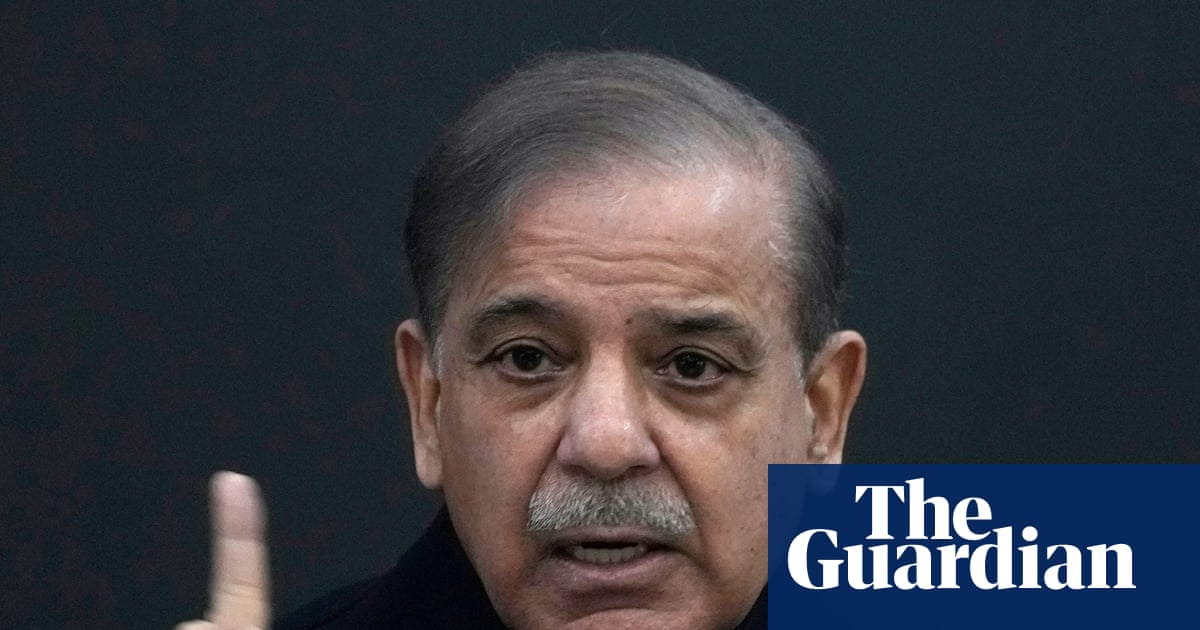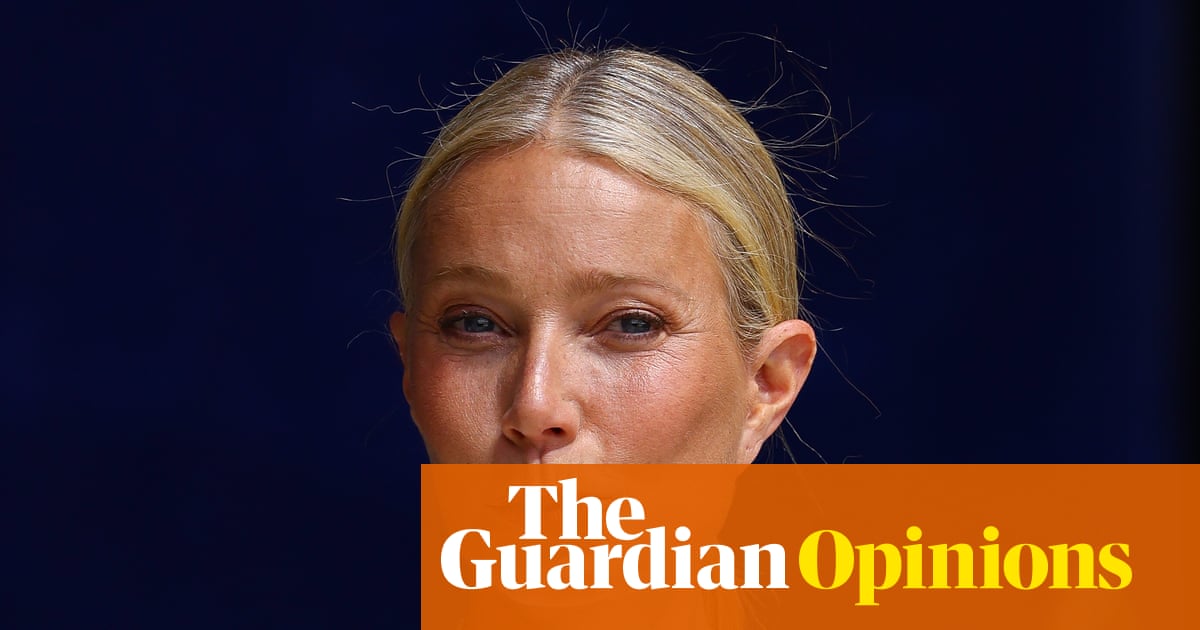A few years ago, I wrote about the rise of the “soft” and “hard” launch on social media, those curated posts that signalled a new relationship. Online platforms had become an extension of the romance plot, a public stage where intimacy was proof of worth, and coupledom was still the ultimate status symbol.
Back then, my research showed that many people felt their lives had not truly begun until they’d met someone. Being single wasn’t just a relationship status; it was an existential pause. To “get a life,” as the old saying went, meant to find a partner. Romance was the scaffolding of selfhood.
But something has shifted. In 2025, the romance plot appears to be fraying at the edges. Vogue recently asked in a viral headline: Is having a boyfriend now embarrassing? It argued that across social media, the term “boyfriend” was taking on a strangely dated, even cringe, tone, not unlike the way “Facebook official” now sounds quaint. The idea of centring your identity around a relationship feels, to many, passé.
Platforms like TikTok are teeming with young women publicly declaring themselves “#boysober” – a rapidly growing movement rejecting dating, hookup culture, exes, and even the idea of emotional dependence on men. What began as a meme has become a global conversation about boundaries, burnout, and bodily autonomy.
In my research into the #boysober trend, I found that it’s far more than a viral challenge. It’s a collective experiment in feminist renegotiation. Women are reframing abstention not as moral purity but as self-preservation, a deliberate refusal to participate in a dating economy that too often leaves them exhausted, unsafe, or digitally surveilled. Many #boysober creators speak openly about the cumulative fatigue of dating apps, the relentless emotional labour of managing male fragility, and the omnipresence of technologically facilitated abuse.
The numbers bear this out: reports of tech-facilitated violence have soared globally. Women describe partners installing spyware, using GPS tracking, or threatening to leak intimate images, all forms of coercive control adapted to the digital age. In this context, stepping away from the dating marketplace isn’t about prudishness; it’s an act of survival.
Yet, as with any online feminist movement, #boysober exists in tension. Some critics see echoes of neoconservatism, a regression to individualism and purity culture dressed in feminist language. Others view it as a radical refusal of male-centred validation, a way of reclaiming emotional bandwidth and self-worth. As I’ve argued elsewhere, the truth likely lies somewhere in between. It’s both a response to patriarchy and a product of it: a movement shaped by the very digital architectures that commodify desire.
TikTok has become the agora where these gender negotiations play out in real time. The platform that once popularised thirst traps and “get ready with me” videos is now hosting a generational reckoning. The hashtags say it all: #datingfatigue, #romanceless, #heterofatalism. Each expresses, in different ways, a weariness with heteronormative scripts and the emotional asymmetry of modern dating.
“Heterofatalism”, a term gaining traction in online and offline circles, describes a kind of resigned hopelessness about heterosexual relationships: the belief that they are doomed by default because patriarchy is too entrenched to make them equitable. It’s not that women don’t want connection; it’s that they increasingly don’t believe the emotional maths adds up.
This cynicism (or realism, depending on your view) coexists uneasily with our cultural obsession with love stories. Romantic comedies have made a modest comeback, but they now arrive with a wink, aware of their own unreality. Meanwhile, the social capital once derived from being “couple goals” online is beginning to curdle. Where the hard launch once signalled success, now it can look, well, a little basic.
Perhaps what’s happening is not the death of love, but the de-centring of it. The old narrative – find “the one”, post about it, ascend socially – no longer fits a generation navigating precarious work, housing crises, and digital burnout. Love feels harder to sustain, and less essential to self-definition. The new romance plot is self-referential: “falling in love with myself,” “main character energy,” “self-partnership”. In other words, the boyfriend has been replaced by the self as protagonist.
This hopefully doesn’t mean we’re entering a cold, loveless era, but rather one where intimacy is being reimagined. The collective withdrawal signified by the end of heterofatalism mirrors broader shifts in how young people think about care, community, and safety. It’s perhaps not a wholesale rejection of connection, but a reconfiguration of it, away from coupledom as a marker of maturity and toward something more plural and self-defined.
Still, as feminist cultural theorist Angela McRobbie once warned, even acts of refusal can be co-opted. Postfeminist media culture has a knack for turning rebellion into brand. The risk is that a movement born from exhaustion becomes another form of consumption, “self-care” sold back to women as yet another unpaid project.
Yet despite these contradictions, there’s something quietly revolutionary about this moment. The idea that a woman’s life can be complete, even joyful, without a romantic partner would have been radical a generation ago.
Now it’s trending.
-
Dr Lisa Portolan is an academic. Her PhD on dating apps and intimacy, with Western Sydney University’s Institute for Culture and Society, was published in 2024. Her latest book is 10 Ways to Find Love … and How to Keep It

 3 hours ago
9
3 hours ago
9

















































